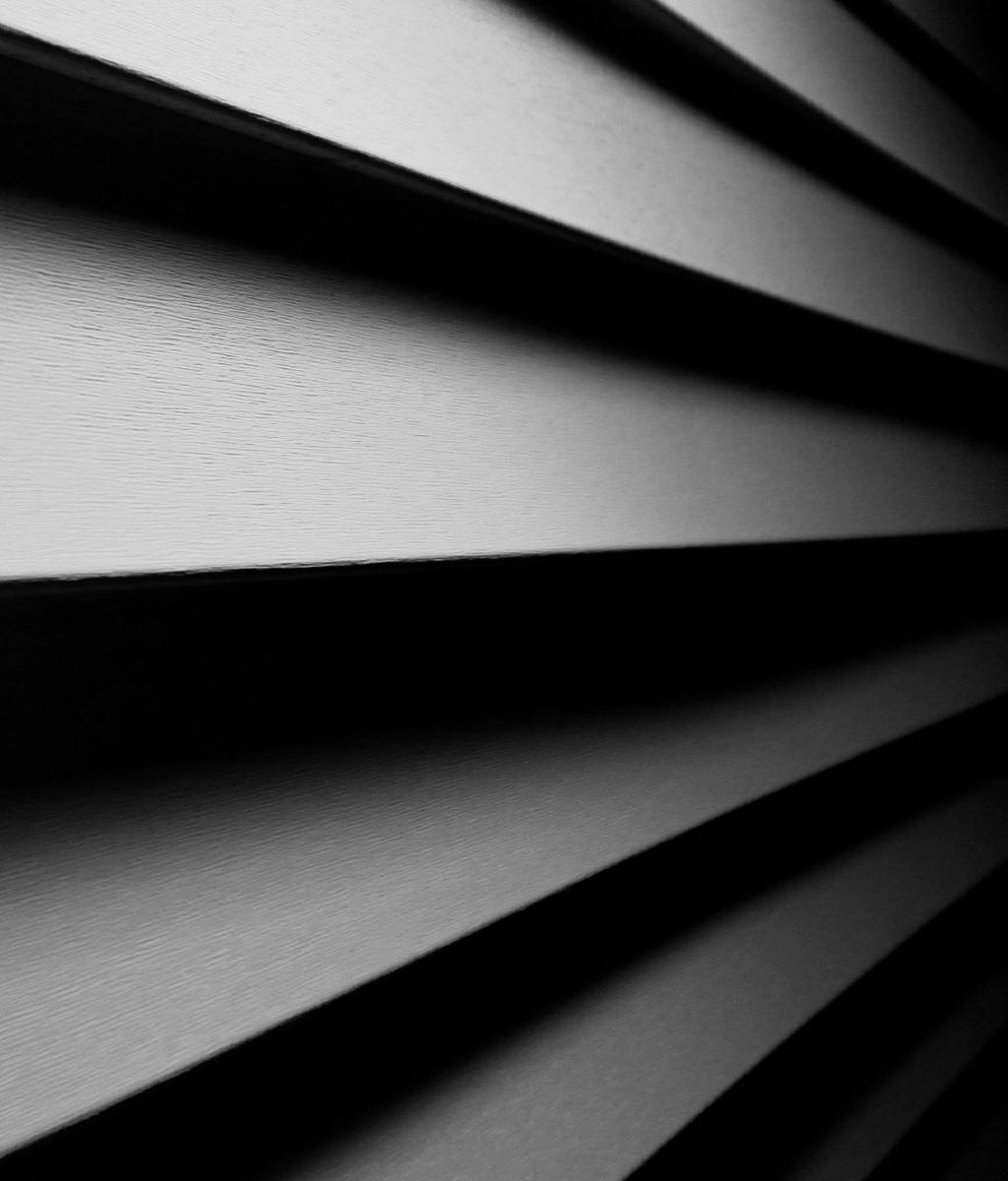
Vinyl siding may be the most popular type of siding currently used. It is affordable, looks good for years and has good durability. But aluminum siding is making a comeback, and steel siding has many good qualities to commend it. Here is a discussion of each type of siding that gives you the main reasons for considering each one.
Vinyl Siding Offers Lower Cost and Good Durability
Vinyl siding comes in several grades, usually distinguished by thickness and texture. The thinnest grades are less than .04” thick. They cost about $3 per square foot installed, and shouldn’t be expected to last more than 10-12 years depending on your climate. They’re a popular choice of homeowners giving their home a facelift before putting it on the market.
Better grades of vinyl siding can be as thick as .055”. They cost up to $5 per square foot installed but are far less likely to crack or be damaged by wind. Top grades also offer premium colors that are deeper and far less likely to fade.
Aluminum Siding Offers Heat Resistance and Better Durability
This type of siding originated in the 1930s as a durable, low-maintenance alternative to wood siding. It has been surpassed by vinyl in popularity, but the current generation of aluminum siding has a lot to offer. The paint is better, so the chalking and fading of early siding is no longer the issue it was.
As with vinyl siding, you’ll be better off choosing premium grades of aluminum. The siding will stand up to bumps better without denting and has tougher paint that is less likely to scratch. If you want slightly better durability to vinyl in a product that is also resistant to heat, this is a good choice. Aluminum siding costs range up to $7 per square foot installed.
Steel Siding Offers Excellent Protection and the Best Durability
The drawback to steel siding is that it may not be available in the same number of styles and colors as vinyl or aluminum. What it does provide is superior protection to weather events like high winds or hail. It is also very durable and should last up to 30 years. Like vinyl and aluminum, it is resistant to insects. Quality steel siding costs up to $7 per square foot installed.
Vinyl siding is the best material for short-term affordability, but steel gives you the best long-term value. Whichever type you choose, make sure you hire a qualified siding contractorwith good experience to handle the installation. The quality of the installation has much to do with the performance and durability the siding will give you in the years ahead.

